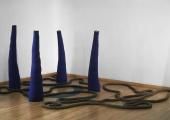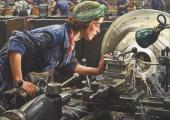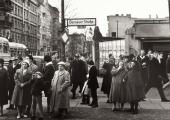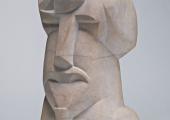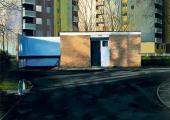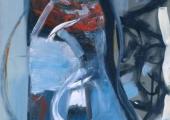Turner Prize 2011, Baltic, Gateshead
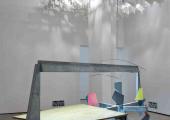
The Turner Prize galleries have never looked so good
The Turner Prize has headed to the North East. It’ll be back in London next year, thence to Derry for 2013. Tate Britain plan to host the prize biennially, with a regional public gallery presenting it in the years in-between. This must be hailed as good news for those who complain of London-centricity. But as well as gaining new audiences, I do hope the prospect of leaving the capital won’t put others off, for this year the Turner Prize exhibition is looking very good indeed, and for that the Baltic must be commended for doing a fine curatorial job.

